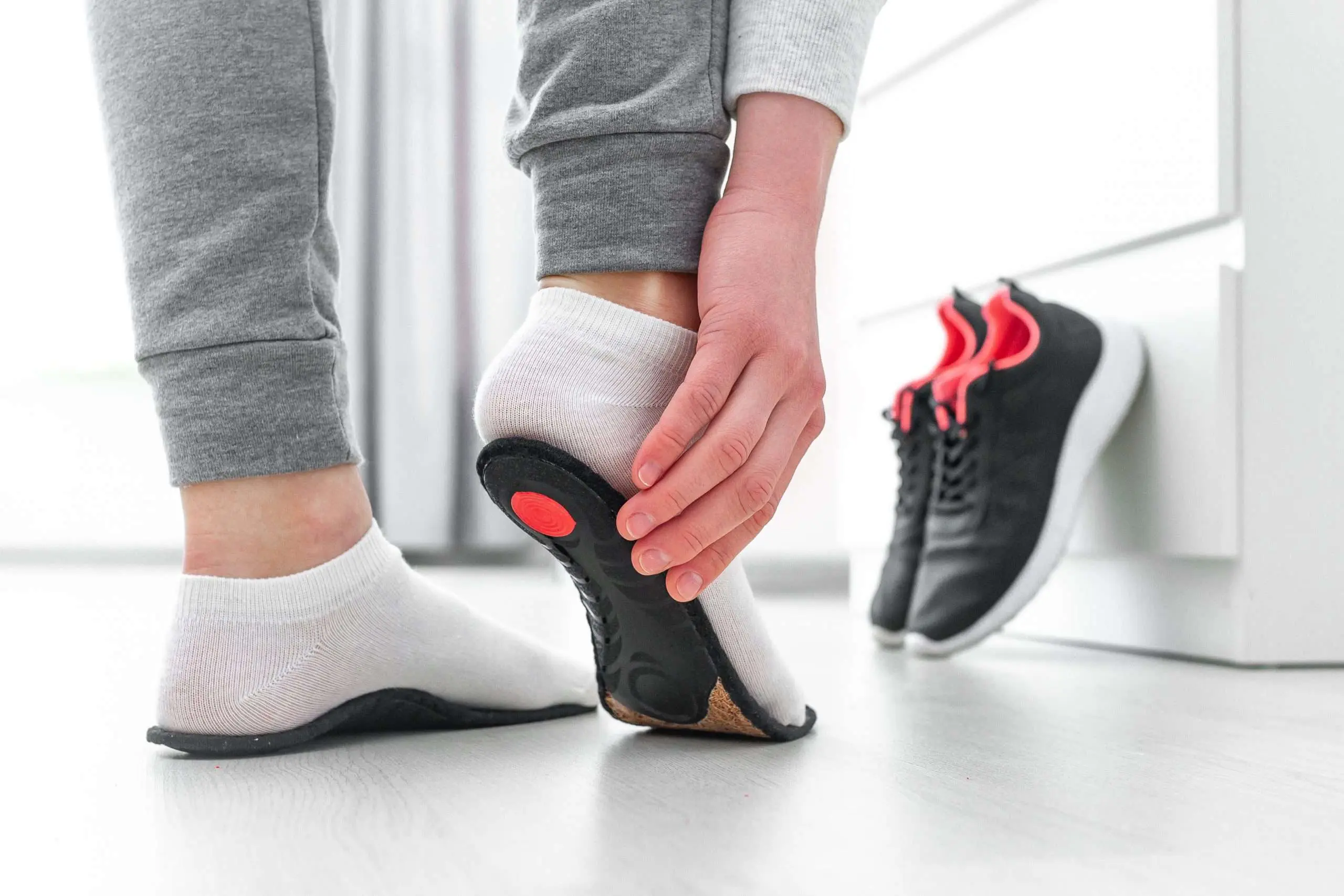
As durable as they can be, custom orthotics must be handled with extreme care.
Insoles not only have to sustain the constraints of your movements, but are also regularly exposed to the rigors of time.
Custom foot orthoses are explicitly designed to last, but you need to support them by protecting them from certain elements.
Let’s take a look at what can damage your insoles.
Lack of care
As with all orthotic devices, sloppy care is directly related to insoles losing effectiveness or even breaking.
Typically, if you wear custom orthotic insoles made for your feet, your maintenance routine should be as follows:
- At the end of the day, remove the insoles from your shoes.
- Wash them with a cloth soaked in lukewarm water and mild soap.
- Air dry them, avoiding artificial heat sources.
- If your shoes are also wet, remember to place them so that they dry as well.
- If necessary, spray your orthopedic insoles and the inside of your shoes with a suitable anti-odor agent.
- Don’t forget to visit your podiatrist to make sure that your orthotics are still suitable.
You will notice that the more intense your activities are, the more care should be taken with your orthopedic insoles.
Heat and UV rays
As we have mentioned above, the end of a workday or a sports session should be followed by cleaning your orthotics.
While it is tempting to use a heater to save time while they dry, it is important to avoid any artificial heat source.
Using a dryer or any other electrical device can deform and damage your insoles. The same goes for UV rays, which weaken the soles over time.
All in all, it is advisable to opt for a drying method that does not expose the orthotics to the sun.
Water
Custom foot orthoses can tolerate some moisture, however, you should avoid completely immersing them in water.
Therefore, even if they are very dirty, it is recommended to clean them with a damp cloth and not in a water recipient.
When it comes to swimming with water shoes, you should refrain from wearing your foot orthoses.
Sand
Are you heading to the beach? Be aware that your insoles are at risk from the presence of gritty material in large quantities.
Sand, rocks, or soil can scratch or nick the coating on your soles and compromise the effectiveness of your foot orthoses.
For example, this can lead to:
- A greater inward or outward deviation of the foot.
- The recurrence of joint or muscle pain
- More frequent loss of balance
- A regression of posture
Corrosive substances
From maintenance to the use of an anti-odor product, overly scented or chemically compounded substances can put your orthotics at risk.
If you are unsure about which cleaning products to use, you should ask the podiatrist for their input.
They can recommend certain special mild soaps.
Improper use
Just like your footwear, each pair of custom orthotics is made for a specific purpose.
There are many types of orthotic insoles to choose from:
- The foot orthoses for athletes
- The short orthotics
- The winter orthotics
- The foot orthoses for diabetics
- The accommodating orthotic insoles
Keeping in mind that a properly fitted orthotic should last 5 to 10 years, you should be careful when switching between different pairs.